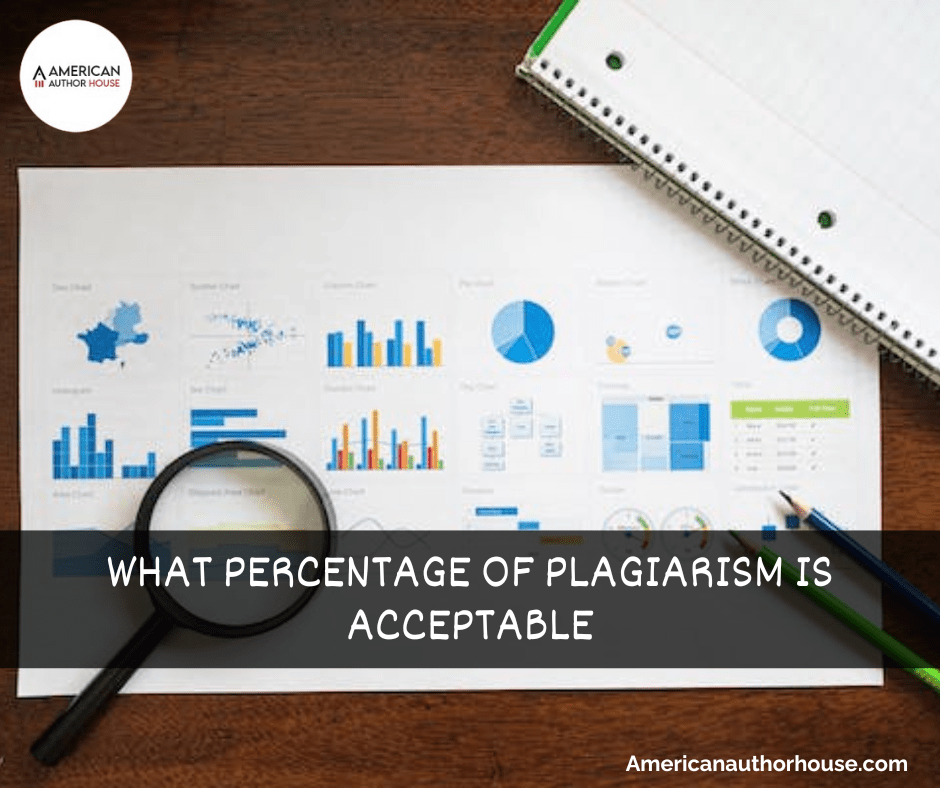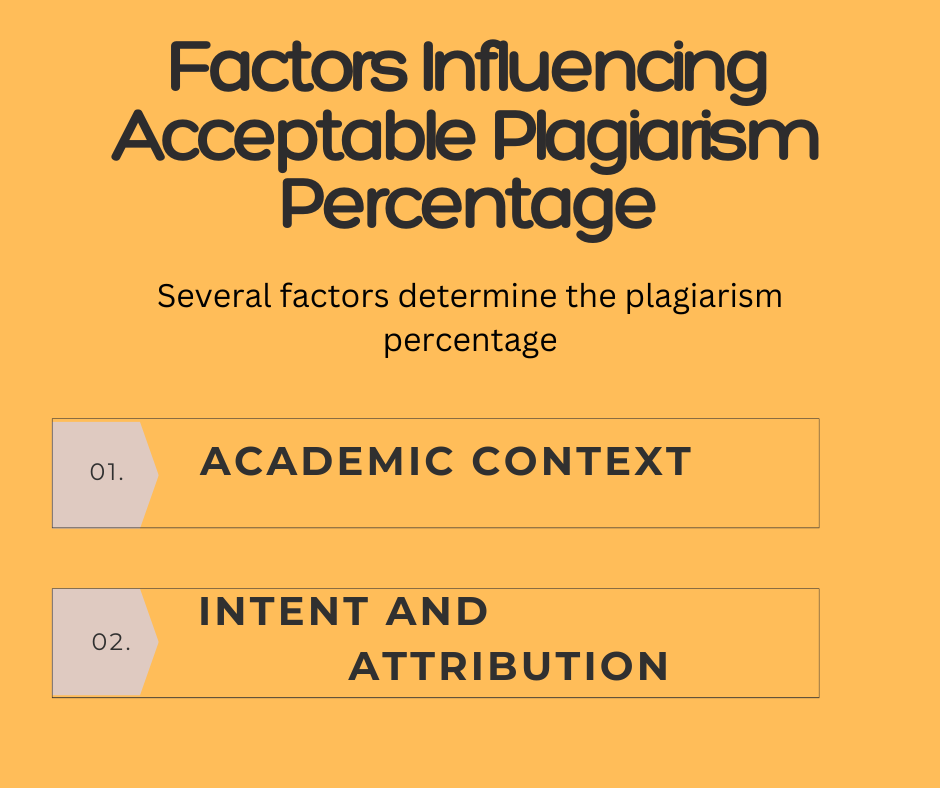
Writing
Plagiarism is the act of using someone else’s work or ideas without giving them credit. Most people think this is unethical and dishonest. It’s important to make original and true material in school and the workplace. But it can be hard to figure out what plagiarism percentage is acceptable. This piece talks about the topic and looks at the different points of view and things to consider when deciding how much Plagiarism is okay.
Understanding Plagiarism
Plagiarism is when you use someone else’s words or ideas and say they’re yours. It is wrong and often against the law to use someone else’s work without giving credit.
Plagiarism can be accidental or intentional. Accidental Plagiarism happens when a writer copies someone else’s work without realizing it. Plagiarism is done intentionally when a writer uses someone else’s work without crediting that person.
Does Plagiarism have degrees?
Plagiarism is never “acceptable.” Plagiarism is when you use someone else’s words or thoughts without giving them credit.
There are different levels of Plagiarism. It can be anything from a single sentence to a whole work, but even a single sentence written by someone else needs to be properly cited and organized.
Even if you only copy one sentence or phrase without giving credit, that’s enough to get you in trouble with your teacher, job, or school. Plagiarism happens most often when a student copies another student’s paper and turns it in as their own.
This kind of Plagiarism is dangerous because it can lead to false claims about the quality of your work and how hard you worked on the project, much like the issues discussed in behind the scenes in the world of a copy editor. This could hurt your chances of getting a job after you graduate or getting into grad school.
Factors Influencing Acceptable Plagiarism Percentage
Several factors determine the plagiarism percentage. These include:

Academic Context
How much Plagiarism is okay depends a lot on the type of work you are writing, how you will be graded, and the academic setting. For instance, if you’re writing a paper that doesn’t get marked or has no consequences for Plagiarism, you might be able to copy more than 5% of it, as discussed in our guide on how to write a historical book. On the other hand, it is best to avoid Plagiarism if you are writing a marked essay that will determine your grade for the course.
Intent and Attribution
Sometimes, it’s less important how much Plagiarism there is than why it was done. If you copy something from a website by chance, that’s not the same as stealing someone else’s work on purpose and passing it off as your own. The same is true if you forget to mention someone’s work by accident instead of purposefully.
Type of Work

The work produced, such as research papers, essays, or creative pieces, may impact the acceptable plagiarism percentage. Research papers require more original content than creative pieces because they’re based on facts and research rather than personal experience or opinions.
Content-Type
The type of content copied can also impact how much Plagiarism is allowed before it becomes unacceptable. For example, copying an entire paragraph from another source may be considered Plagiarism if you are writing an essay about the topic, but it would not be considered Plagiarism if you were writing a letter about your favorite movie or book.
Cultural and Geographical Variations
Culture and location play a big role in determining what percentage of copied content is okay. For example, in some Asian countries, it is seen as a sign of respect for other people’s work to copy from a source that already exists. But people in the West think this is wrong because it includes stealing other people’s ideas without giving credit where credit is due. Any Western university or college will punish a student who takes over 20% of his work, which is why understanding the differences between fiction and nonfiction is crucial. You can visit American Author House to read more detailed content about Cultural and Geographical Variation’s effects on plagiarism percentage.
Originality and Creativity
If an essay is very creative, the percentage can be higher. The more original your work is, the higher percentage you can get away with, which aligns with the pros and cons of self-publishing on Amazon.
The Type of Assignment
For example, if it’s a literature assignment that requires you to compare and contrast two texts, then you may be allowed to use more sources than an interpretation or analysis essay where your own words are required.
Your Own Academic Standing
If you have good grades in class and have done well on previous assignments, you can get away with using more sources than someone who has lower grades or has never done well.
The Subject Matter at Hand (e.g., science vs. arts)
A science paper will generally require less originality than an art paper because it’s all about facts, whereas an art paper requires a lot of creativity and analysis, which makes it harder to pass off as your work when citing sources instead of including them in full within your writing.
Academic Perspectives on Acceptable Plagiarism Percentage
Different academics have different ideas about how much Plagiarism is okay, which can be further explored through academic perspectives. Many schools have a “zero tolerance” policy for Plagiarism, which means that any amount of it is wrong. On the other hand, some institutions say that work can be similar up to a certain number, like 5% or 10%. Also, some organizations and teachers like to look at each case of Plagiarism separately.
Before deciding if a work is acceptable, they look at things like the quality of the sources and how original it is. Also, because different countries have different educational systems, foreign academic institutions may have different ideas about how much Plagiarism is okay.
Professional Perspectives on Acceptable Plagiarism Percentage

Here are some professional perspectives on the matter:
Strict Policies:
In fields like journalism and publishing, where originality and intellectual integrity are highly valued, there is often a zero-tolerance policy for Plagiarism, like Amazon publisher services not allowing Plagiarism. These industries typically require complete originality in all published works. Plagiarism is a serious offence that can result in severe consequences, including loss of credibility, legal action, and damage to one’s professional reputation.
Quotation and Attribution:
In many professional contexts, professionals can use direct quotations from other sources as long as they are properly attributed, a practice well-understood by those who explore the art of business planning. This means crediting the original author or source and indicating that the content is not the individual’s original work. However, the overall percentage of Plagiarism should remain low. The threshold for acceptable levels of similarity can vary depending on the context and guidelines the industry or organization sets.
Industry Standards:
Some companies may have set guidelines or industry standards about how similar work can be and still be okay. These standards consider the nature of the work and what the business expects. For example, there are rules for citing and referencing sources in scientific research, and a certain amount of similarity may be okay if it fits within those rules. But copying someone else’s work and passing it off as your own in eBook writing services is usually wrong.
Main Attributes, Contexts, and Elaborate Information
| Context | Perspective | Acceptable Percentage |
|---|---|---|
| Academic | Zero Tolerance | Typically, any amount of plagiarism is unacceptable, with some institutions allowing a minor similarity range like 5% or 10% under specific circumstances. |
| Accidental vs. Intentional | Intent Consideration | The acceptability may vary based on whether the plagiarism was unintentional or deliberate, with accidental cases possibly treated more leniently. |
| Type of Work | Research vs. Creative | Research papers demand more originality and thus a lower percentage of similarity, while creative works might have slightly more leeway. |
| Cultural and Geographical | Varied Standards | Different regions have different norms, with some cultures being more lenient and others maintaining strict anti-plagiarism standards. |
| Professional | Industry-Specific Standards | Industries like journalism have a near-zero tolerance, while others may allow for minor similarities, especially if properly attributed. |
| Individual Academic Standing | Student Record | A student’s past academic record may influence the perceived acceptability, with more leniency potentially afforded to those with a history of original work. |
| Subject Matter | Discipline-Based Variance | Subjects like science might tolerate certain commonalities in factual reporting, whereas arts and humanities demand high originality. |
Conclusion
Everyone considers Plagiarism dishonorable, and the best standard is to try to be completely original. Even though people may have different ideas about how much plagiarism percentage is okay, it is important to put honesty, giving credit, and creativity at the top of academic and business projects. We help build a society that values originality and respects intellectual property by staying true to ourselves.



